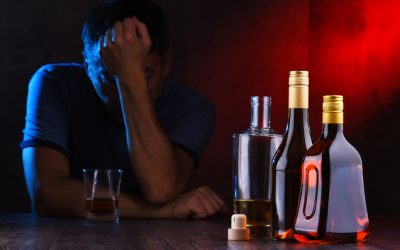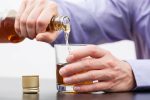Addictive behaviors take their toll on your mind and body, so it’s a great idea to pay extra attention to your physical health. Do physical exercises for at least 30 minutes each day or go for a daily run. You can register at your local gym or join an amateur sports league to allow you to interact with other people as you exercise. The first thing you want to do is to recognize that addiction is a disease that requires decisive action.
Breaking the Cycle: Personal and Community Involvement
- This not only interrupts the addiction cycle but also builds the habit of addressing difficulties in healthier ways.
- After the behavior, feelings of guilt, shame, or self-loathing often occur, leading to emotional distress.
- It begins with cravings, which stem from changes in the brain’s reward system, making substance use feel necessary for pleasure, stress relief, or emotional escape.
Likewise, with eating problems, it could simply be catching a glimpse of ourselves in the mirror. But the main factor in developing an addiction is the inability to self-regulate—that is, to manage emotions and control impulses. By practicing self-love, you’ll realize that you deserve love and you’ll only attract healthy, loving relationships. Author Stephen Chbosky once wrote, “We accept the love we think we deserve.” Oftentimes choosing the wrong partner stems from your self-defeating ways and deep-held negative beliefs.
Recognizing Addiction and Accepting the Need for Change
- They’re often talked about together because they tend to appear together; people with substance use disorder are much more likely to also have an eating disorder than the general population.
- Addiction is a complex illness that causes lasting changes in brain chemistry and functioning.
- Many addictive behaviors can be traced back to painful emotions that originate in early life.
- Each stage requires different strategies and support, and individuals might cycle through some phases multiple times.
We need to keep feeding the beast.And that, my friends, is the definition of addiction. It’s hard-wired to seek out pleasure and reward, and to avoid pain. Because our brain has formed this powerful connection between the pleasure and reward of dopamine, and the consumption of sugar.
Attend Therapy, Rehab, and Other Supportive Groups
You can also start practicing mindfulness using meditation, yoga, and other breathing techniques. Take up a hobby or engage in a cause you feel passionate about. These behaviors will serve as a substitute for your previous go-to solution to avoid uncomfortable emotions, promote an overall healthy sense of well-being, and help to reinforce sobriety. If you’re ready to break the guilt-use-guilt loop and start making positive changes, The TARA Clinic is here to help. Our approach is all how to break the addiction cycle about empowering you to find practical solutions that work for your life.

Signs of Sexual Addiction

Let’s look into how codependency fuels addiction—and how to break the cycle for lasting recovery. Often, it’s tangled up in messy relationship dynamics—especially codependency. If you’ve ever found yourself obsessing over a loved one’s addiction, or if your self-worth feels tied to someone else’s well-being, you might be dealing with codependency. It’s important to be aware of the potential risks and side effects of dopamine-related treatments.
- Understanding addiction is the first step in providing effective support.
- This cycle feeds itself through both physical withdrawal and emotional pain.
- Relapse is a common part of the journey, with many individuals cycling back through earlier phases of addiction before achieving lasting sobriety.
- Then, reaching out to professionals for a structured recovery path is crucial.
- People can form trauma bonds with others based on childhood experiences, fear of being abandoned, and fear of being alone.
- Sugar works just like an addictive drug—it stimulates the production of dopamine and other feel-good neurotransmitters, and when the effect wears off, you’re left wanting more.
A benzodiazepine detox can take a similar amount of time but can be up to six weeks (even more for heavy long term use). Certainly, for any real chance of being able to make or understand the changes that need to be made then we first need to be admitted Drug rehabilitation into a safe environment of a residential addictions clinic. We need to be under the care of qualified people who can help us. In order to take this step, though, we need to acknowledge that we can’t get well by our selves and that we need the help of others.

